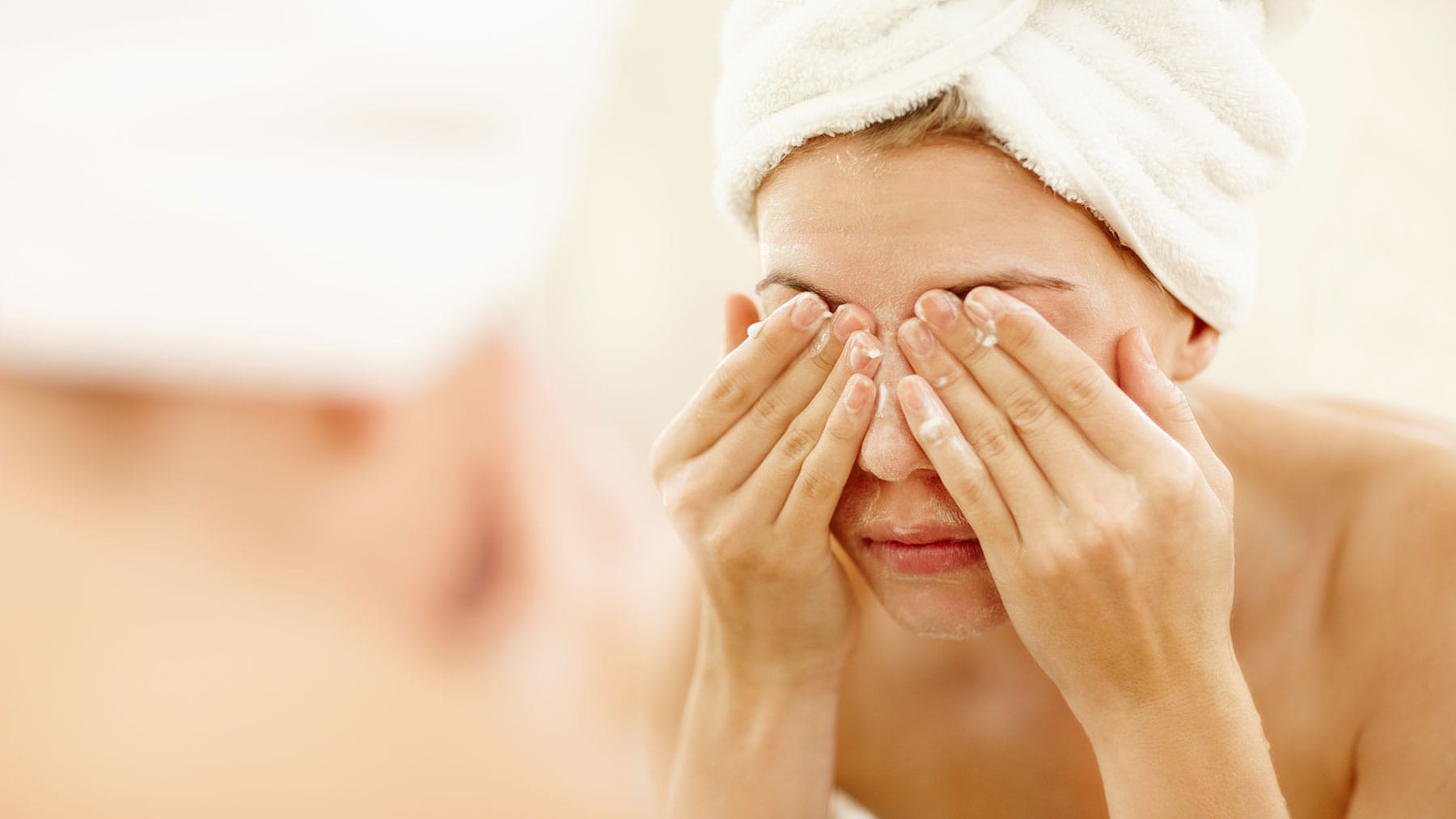Picking your eye boogers could lead to infection

We’ve all been there – waking up with yellowish crust in the corners of our eyes.
It goes by many names: eye boogers, eye gunk and eye crust. Eye discharge is a mix of debris that collects in the corners of our eyes while we sleep. It can be dry and crispy or wet and gooey, depending on how much water has evaporated in the gunk.
Eye discharge is normal and generally good. In fact, our eyes naturally produce water, oil and mucus for protection. Every blink helps flush out excess mucus and irritants such as stray eyelashes or specks of dust and dirt.
When we sleep, though, we don’t blink but our eyes continue to produce tears and mucus. Because we're not blinking, the excess matter gathers in the corners of your eyes and in our eyelashes.
You may think it’s weird and disgusting, but it’s typically not a reason for worry. If you get more than you’re used to, it could be a sign of an infection. I recommend not picking your eye boogers, but using a wet, warm washcloth to get rid of them. Simply hold the warm washcloth to your eye to soften the mucus and gently wipe it away. Be sure to wash your hands afterward to avoid spreading an infection.
You also can do a nightly lid scrub with baby shampoo to prevent getting eye boogers in the morning.
If your eyelids become “glued” together, the best way to remedy them also is with a wet, warm washcloth. Place it over your eyes for a few minutes before gently wiping away the sticky substance.
If you wake up with your eyes fully crusted shut, you probably have some sort of eye infection.
If you notice you have more eye discharge than usual or it has changed color (usually to yellow or green), check with your eye doctor. This is especially important if you notice other signs, including:
- Blurred vision
- Burning eyes
- Itchy eyes
- Dry eyes
- Sore eyes
- Watery eyes
- Red, bloodshot eyes
- Photophobia (sensitivity to light)
If you do have a bacterial or viral infection, you might experience symptoms such as fever, cough, body aches, nasal congestion and sneezing. Common eye conditions associated with abnormal eye discharge include:
Pinkeye
Your eyelid is lined with a transparent membrane called the conjunctiva. It also covers the sclera, which is the white part of your eyeball. The conjunctiva contains tiny blood vessels, and if it’s affected by a viral or bacterial infection the whites of your eyes look red or pink, hence the name pinkeye. It’s also known as conjunctivitis. In addition to itchy, red eyes, conjunctivitis usually is accompanied by mucus that can form a crust while you sleep.
Blocked tear duct
Tear glands above each of eyeball produce the fluid that gets coats your eye when you blink. The fluid drains into ducts in the corner of your eye closest to your nose. If a tear exit duct is blocked, that fluid has nowhere to go, and you’ll see discharge that can crust up when you sleep.
Dry eye
Imbalance in the water, oils, mucus and antibodies that compose tears can cause the tear glands to stop making tears. Dry eye is the result. When that happens, your body is told to produce “emergency” tears. If they contain too much mucus, they can result in eye crust.
Corneal ulcer
The cornea covers your iris, the colored section of your eye, and your pupil, which lets in light. It’s rare, but an ulcer could occur when there's an eye infection or extreme case of dry eye. This type of ulcer can create discharge.
Contact lenses
Your brain interprets anything you put into your eye, including contact lenses, as a foreign object. If you wear contact lenses, you may find more discharge in your eyes than normal. This can be due to a number of reasons, including a contact lens-related eye infection, contact lens discomfort resulting in dry and irritated eyes, and rubbing your eyes more while wearing contacts.
If you experience an increase in eye discharge when wearing contacts, remove your lenses and see your eye doctor to rule out a potentially serious eye condition.
Dr. Randall McLaughlin is an optometrist and associate professor of clinical ophthalmology in the Department of Ophthalmology at The Ohio State University. He provides ocular examinations and contact lens fittings for patients and serves as the primary visual consultant for Ohio State’s Department of Athletics.




